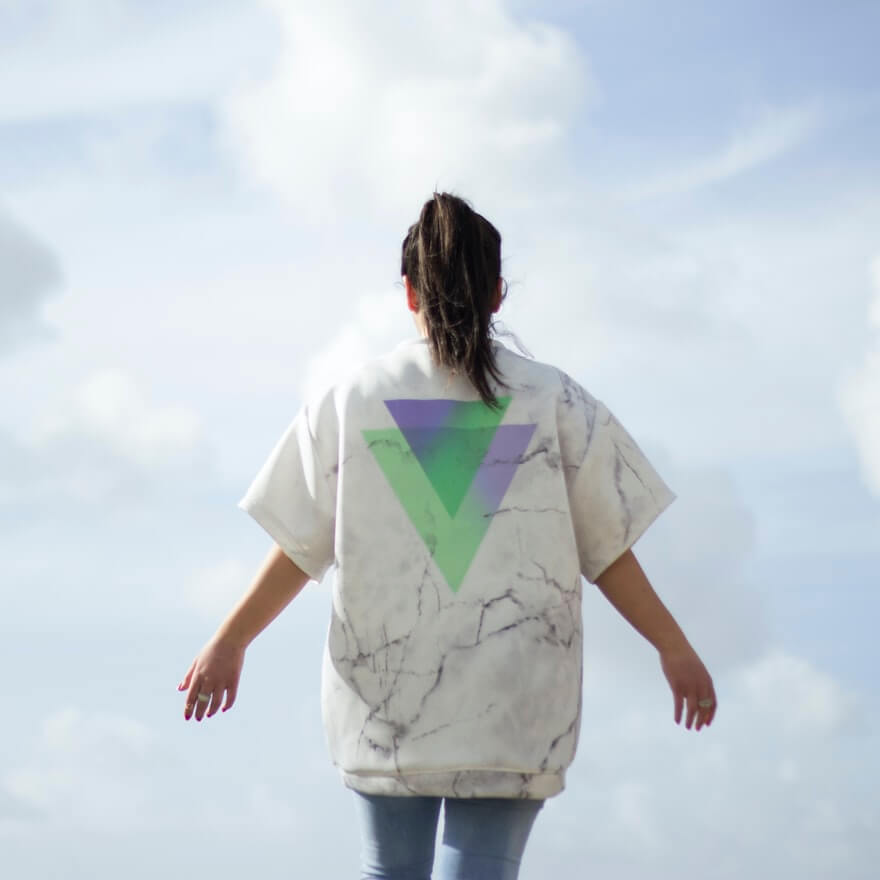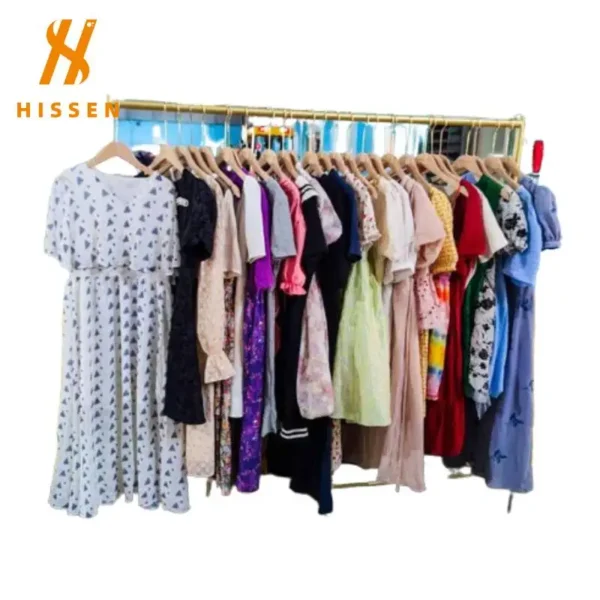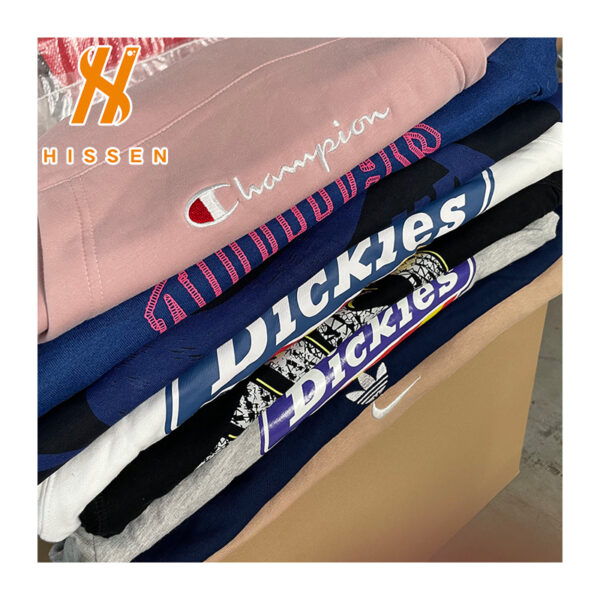How Does The Covid-19 Epidemic Impact Used Clothes Market?
Since 2019, the ongoing life-threatening covid-19 epidemic has caused massive loss of life and economic damage globally. Unquestionably, During the pandemic, the ongoing life-threatening covid-19 epidemic severely impacted the used clothes industry. As Covid-19 continues to spread worldwide, the international community grew more concerned about the enormous impacts of the epidemic on the clothing industry. Some Western media even predicted the used clothes market would collapse. But what is the actual situation in the used clothes market?
Outbreak
The epidemic has brought considerable damage to the used clothes market in the short term, especially to some areas with high spending power and severe outbreaks. Since early February, the impacts have spilled over to supply chains on the supply and marketing side. Due to the greater attention to hygiene problems, the used clothes market is among the hardest-hit regions.
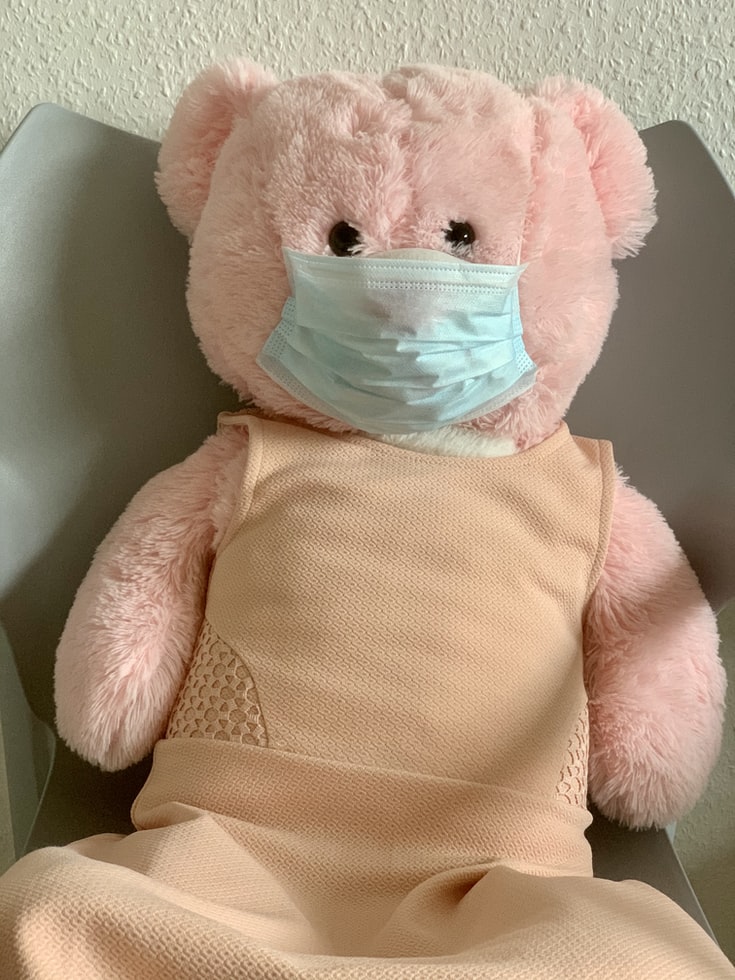
The challenges used clothes market is facing at present?
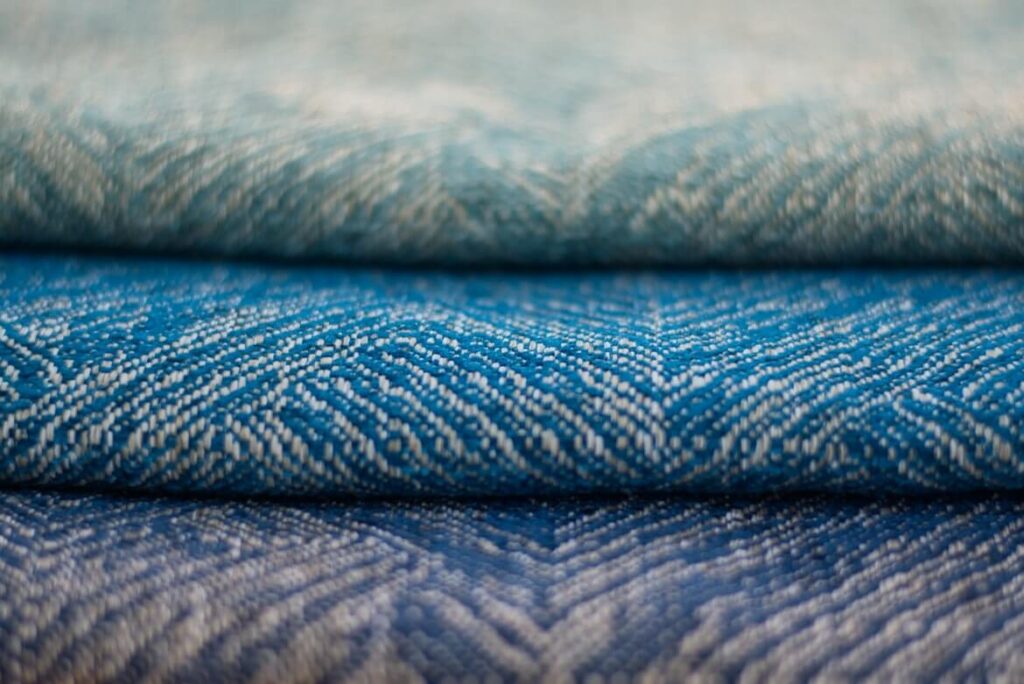
Covid-19 has brought unprecedented disaster to the used clothes market. This blow comes as the economic downturn, reduced flights, and payment issues have led to a decline in sales and difficulties in exporting.
Since China’s economy was almost paused for several months with fewer demands for raw materials, used clothes prices globally plummeted. The global supply chain is facing the biggest and most profound challenges.

Factories are now operating less than 50 percent production capacity for a shortage of much-needed work orders. Citing a study by Mckinsey & Company, global consumption of cloths is expected to fall by 65 percent for COVID-19, and work orders also slum by 30 percent.
The Covid-19 epidemic has hurt the used clothes market, but the impact is short-term. The used clothes market is unlikely to collapse. Why?
New opportunities bring to the used clothes market.
On the one hand, consumers realize that they have so many clothes as they have been stuck at home for a year. Some cannot wear many clothes in the closet after a period of overeating caused by stress. For those whose income has shrunk, they choose to sell used clothes that are useless to them. These eventually result in a substantial increase in the sales of used clothes. Nowadays, many people are environmentally conscious and also aware of the value of resale. People consider this as a fun, convenient, and friendly shopping experience.
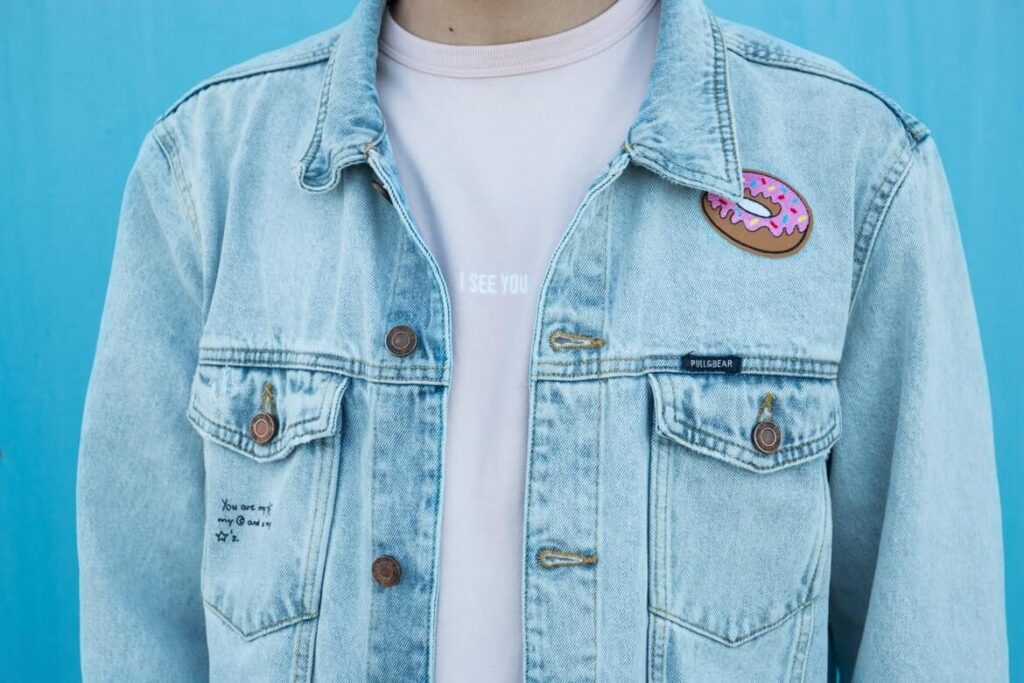
On the other hand
On the other hand, the government is also stepping up regulations and policies for economic recovery and stimulating the used clothes market. Chian plans to start a new round of financial investment. China’s consumer market is affected by the outbreak, but its potential remains enormous. Consumption is expected to rebound once the virus is cured. With things looking up outside Hubei, the Chinese government began to take action to revive the economy.
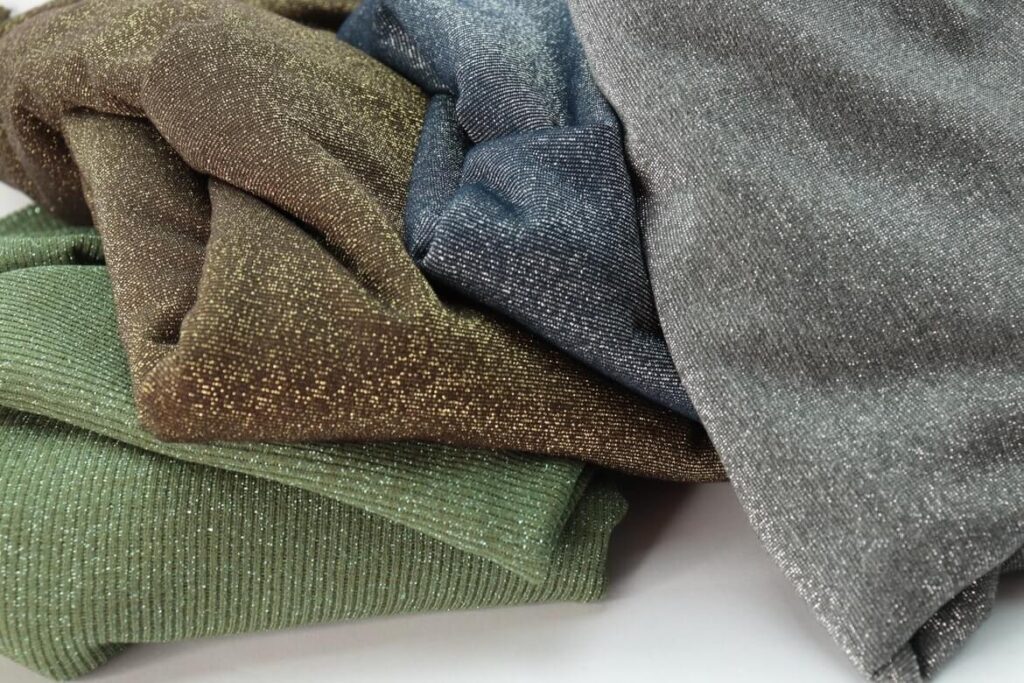
The first is increasing liquidity and financial resources through monetary and fiscal policy. One notable example was an announcement by the ministry of finance on Feb 11th to front-load 848 billion RMB($121.59billion) of this year’s quota for local government bonds. This adds to the recent announcement of 1 trillion RMB in particular bonds, bringing the new provincial government quota for the year to 1.85 trillion RMB, indicating ramped-up efforts to shore up the economy.
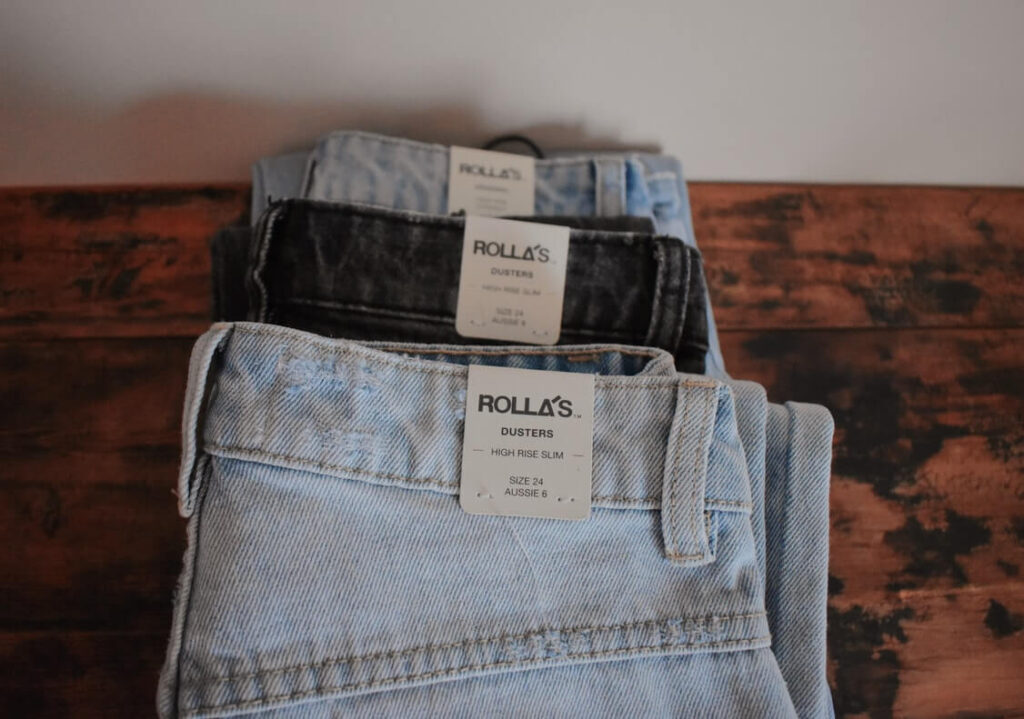
Lessen burdens
The second policy is cutting taxes and fees to lessen burdens on enterprises, like in the used clothing industry. For example, Shanghai has taken 28 measures to help local companies, including exempting corporate tenants from rent for two months.
The future trend of the used clothes market
In the beginning, many people could not understand the concept of the used clothes market. They kept ask frustrating questions, are the clothes washed? Are there some unsanitary issues? But the situation has changed. The rise of auction apps has allowed the public to gradually accept and get used to purchasing and selling second-hand items.
Conclusion
With the improvement of living standards, people’s consumption concepts and market structure are changing significantly as the resale market gains momentum, consumers’ attention to sustainability and acceptance of used clothes increases. More and more brands launch official resale platforms. Used clothes gradually emerged from the gray market. A sustainable development strategy and a new supply chain model bring fashion retail innovation and a win-win situation.
Click Send inquiry